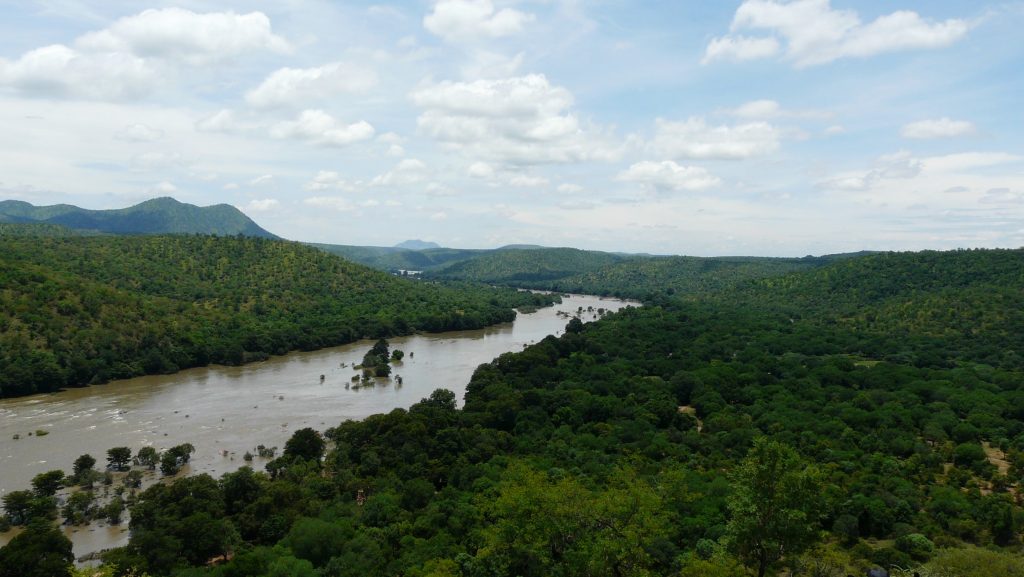The Cauvery water dispute is one that has been the two south-Indian bigwig states of Tamil Nadu and Karnataka’s bone of contention. Earlier this month, the Supreme Court had ruled in favour of Tamil Nadu, which meant Karnataka had to release 15000 cusecs of water every day, led to widespread riots in Bengaluru and retaliatory violence in Tamil Nadu. While a more recent and updated verdict by the SC meant the former State of Mysore had to release only 6000 cusecs of water each day, but even that was ignored.
Let’s take a look at the history behind this conflict –
1. The British controlled both Mysore and Madras for a short period in the middle of the 19th century. During their regime, numerous plans were drawn up for the utilization of the Kaveri waters by both states. However, the drought and subsequent famine in the mid-1870s put a hold on the implementation of these plans.
2. In 1910, Mysore was under King Nalvadi Krishnaraja Wodeyar, who appointed Captain Dawes as Chief Engineer to construct a dam at Kannambadi village to hold up to 41.5 TMC of water. Madras refused to give its consent for this move as it had its own plans to build a storage dam at Mettur.
3. After a reference to the Government of India, permission was accorded to Mysore, but for a reduced storage of 11TMC. During construction, however, the foundation was laid to suit the earlier desired full storage, leading to raised voices from Madras. The then British Government of India referred the matter to arbitration under Rule IV of the 1892 Agreement. The Kaveri dispute thus had come up for arbitration for the first time.
4. In 1956, the reorganization of the states of India took place and state boundaries were redrawn based on linguistic demographics. These changes further changed the equations as Kerala and Puducherry also jumped into the fray. Kerala staked its claim as one of the major tributaries of the Kaveri, the Kabini, now originated in Kerala. The Karaikal region of Puducherry at the tail end of the river demanded the waters that it had always used for drinking and some minimal agriculture.
5. By the late 1960s, both states and the Central government began to realize the gravity of the situation as the 50-year run of the 1924 agreement was soon coming to an end. Negotiations were started in right earnest and discussions continued for almost 10 years.
6. While discussions continued, a Cauvery Fact Finding Committee (CFFC) was constituted. The brief of the CFFC was to inspect the ground realities and come up with a report. The CFFC came up with a preliminary report in 1972 and a final report in 1973.
7. In 1976, after a series of discussions between the two states and the Central government chaired by Jagjeevan Ram, the then Irrigation Minister, a final draft was prepared based on findings of the CFFC. This draft was accepted by all states and the Government also made an announcement to that effect in Parliament.
8. Karnataka began construction of the Harangi dam at Kushalanagara in Kodagu. In retaliation, Tamil Nadu went to court demanding the constitution of a Tribunal under the Interstate River Water Disputes Act (ISWD) of 1956. It also demanded the immediate stoppage of construction work at the dam site.
9. In 1986, a farmer’s association from Tanjavur in Tamil Nadu moved the Supreme Court demanding the constitution of a tribunal. A tribunal was set up and gave an interim award to Tamil Nadu on 25 June 1991. In coming up with this award, the tribunal calculated the average inflows into Tamil Nadu over a period of 10 years between 1980–81 and 1989–90. The extreme years were ignored for this calculation. The average worked out to 205 TMC which Karnataka had to ensure reached Tamil Nadu in a water year.
10. Karnataka was forced to accept the interim award and widespread demonstrations and violence broke out in parts of Karnataka and Tamil Nadu following this. Thousands of Tamil families had to flee from Bangalore in fear of being attacked and lynched by pro-Kannada activists with the behest of the state government.
11. In 1997, the Government set up the Cauvery River Authority, consisting of the Prime Minister and the Chief Ministers of all four south-Indian states and Cauvery Monitoring Committee, an expert body which consisted of engineers, technocrats and other officers who would take stock of the ‘ground realities’ and report to the government.
12. The Cauvery Water Disputes Tribunal announced its final verdict on 5 February 2007. According to its verdict, Tamil Nadu gets 419 TMC of Kaveri water while Karnataka gets 270 TMC. The actual release of water by Karnataka to Tamil Nadu is to be 192 TMC annually. Further, Kerala will get 30 TMC and Puducherry 7 TMC.

















